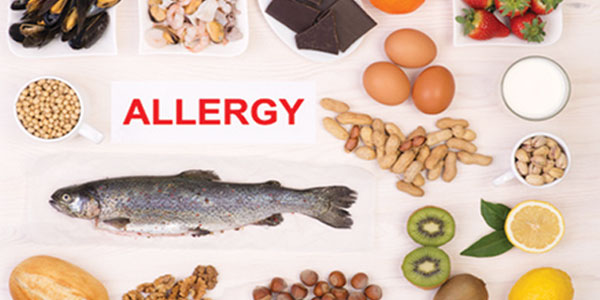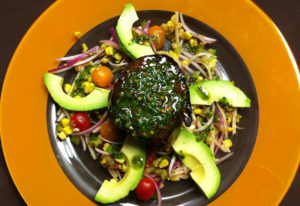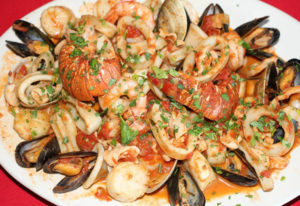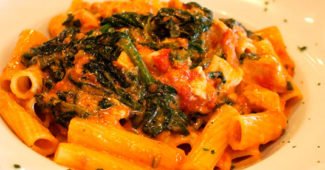 |
 Bill Lauto is an Environmental Scientist and Energy Consultant who has been teaching how we can save our money, energy, environment, and health, since 1982. Mr. Lauto operates GoingTrueGreen.com and his work has been published in magazines such as: Consumer Report, Kiplinger's Financial and Business Ethics. |
|
When I was a young, I had friends who were allergic to strawberries or shell fish. I myself was allergic to pollen from certain flowers and weeds, but my knowledge of allergens and allergies was still very obscure. Labels on food products to help notify people of potential allergic reactions were also obscure even though in 1938 the US FDA did require foods that had two or more ingredients to host a label listing each attribute by its common name. The other thing I remember from the lunch room as a child is that none of us kids had an allergic reaction to peanuts. However, today we have peanut-free schools, because this allergy has become so serious. Today the Food Allergen Labeling and Consumer Protection Act (FALCPA) of 2004 and revised in 2006, mandates that all items for sale that contain any of the eight major food allergen groups be clearly identified on a label and in plain English. Items such as: Dairy, Eggs, Fish, Shellfish, Soy, Wheat (gluten), Peanuts, and Tree Nuts Unfortunately about 12 million Americans have a food allergy. That is about 1 out of every 25 people in America according to the Food Allergy and Anaphylaxis Network. Also of the 12 million Americans with food allergies, about 3 million are children. Emergency Rooms in the United States receive about 30,000 visits per year that deal with allergic reactions to food. Despite all the labels on foods that can cause life threatening reactions, the labels alone are not a solution and people should still carry an epinephrine autoinjector (EpiPen) when advised to do so by a doctor. However, we have some good news with peanut allergies. Recent research and discoveries have shown that mothers who DO NOT avoid peanut products when expecting a child and feed their babies some food with peanut ingredients (not actual peanuts due to choking hazards) the results were amazing. One UK Study with 600 babies showed that by the age of five, 17% of the children that avoided foods containing peanuts were allergic and those babies who had peanut containing foods had an allergic rate of only 3%. Perhaps I was indoors too much when first born and being outside for the different seasons of nature would have prevented me from having Hay Fever. All I know, as an Environmental Scientist, I am outdoors a great deal. Asthma and Hay Fever are also serious problems in addition to food allergies. American children with Hay Fever total 6.6 Million and adults are as high as 17.6 Million. We must always educate ourselves, to help ourselves, because government labels alone are not going to help us completely. We must make up the difference with knowledge. |
|











 20 lucky winners will win $500 each in prizes totaling $10,000.
20 lucky winners will win $500 each in prizes totaling $10,000. 